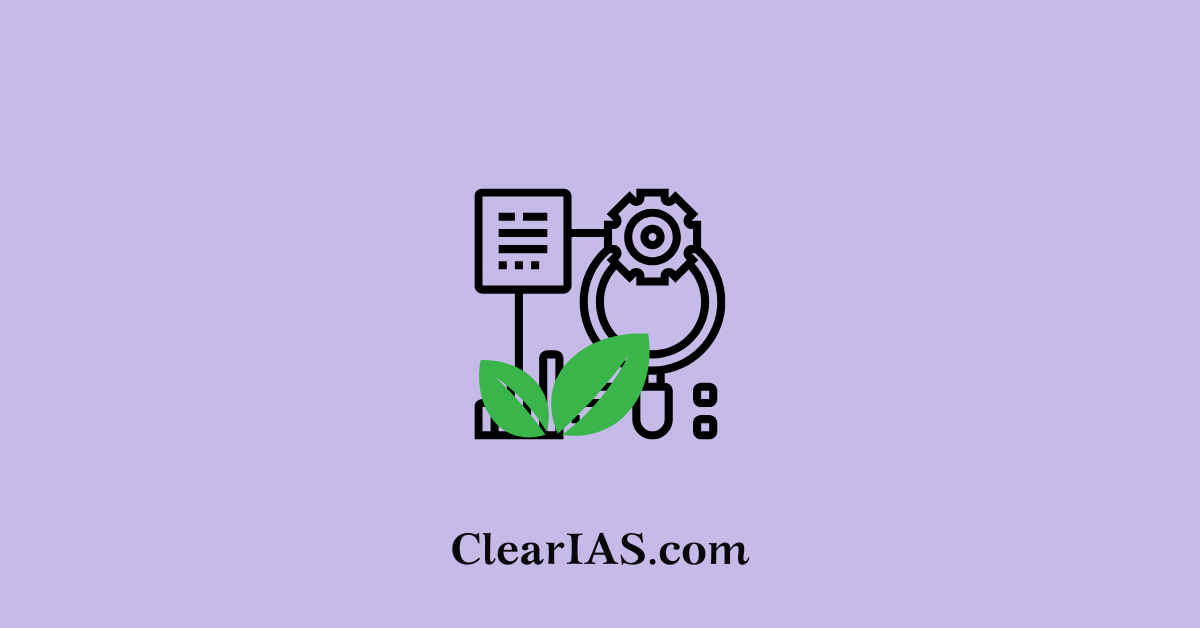
Environment Audit Rules, 2025, is a New Framework for Environmental Accountability. An environmental audit is necessary to enforce compliance, build accountability, reduce risks, and promote sustainability, ensuring that economic growth does not come at the cost of ecological and human well-being. Read here to learn more.
The Ministry of Environment, Forest and Climate Change (MoEFCC) has notified the Environment Audit Rules, 2025, establishing for the first time a formal, nationwide framework for environmental auditing.
The Rules aim to strengthen compliance monitoring, improve environmental governance, and at the same time ease the process of doing business by creating a more transparent and accountable regulatory mechanism.
What is an Environmental Audit?
An Environmental Audit is a systematic, documented, periodic, and objective process used to assess how well an organisation, facility, or project complies with environmental laws, regulations, and internal sustainability standards.
It is similar to a financial audit, but instead of checking accounts, it examines environmental performance.
Types of Environmental Audits
- Compliance Audit: Checks whether an organisation complies with laws (e.g., Air Act, Water Act, Waste Management Rules).
- Management Audit: Assesses internal policies, processes, and systems for environmental sustainability.
- Functional/Activity Audit: Focuses on specific operations like energy use, waste disposal, or emissions.
Why is an Environmental Audit Necessary?
- Ensures Legal Compliance
- Organisations are bound by environmental laws such as the Environment Protection Act, 1986, Air (Prevention and Control of Pollution) Act, 1981, and Water (Prevention and Control of Pollution) Act, 1974.
- Audits ensure that companies avoid violations, fines, or legal disputes.
- Protects Human Health and Environment
- By checking pollution levels, waste disposal methods, and safety measures, audits help prevent contamination of air, water, and soil, thus protecting ecosystems and communities.
- Promotes Transparency and Accountability
- Independent environmental audits reduce the risk of greenwashing by providing verified data on environmental performance.
- Supports Sustainable Development
- Helps organisations identify inefficiencies, reduce waste, conserve resources, and adopt cleaner technologies.
- Facilitates Business Competitiveness
- Many global supply chains require certified audits (ISO 14001, ESG standards).
- Indian industries, especially exporters, need audits to remain globally competitive.
- Risk Management: Prevents industrial accidents (like the Bhopal Gas Tragedy, the LG Polymers Vizag gas leak 2020) by identifying risks early.
- Supports Climate Goals: Helps measure carbon footprints, monitor emissions, and align with India’s Net Zero by 2070.
Why New Environment Audit Rules Were Needed
For decades, India’s environmental regulatory system relied heavily on inspections and compliance reports carried out by government regulators such as the Central Pollution Control Board (CPCB) and State Pollution Control Boards (SPCBs). However, this system faced challenges:
- Limited manpower and resources with regulatory agencies.
- Conflict of interest, as industries often relied on consultants hired directly by them.
- Weak accountability, with many compliance reports being incomplete or inconsistent.
- Increased industrial activity and urbanisation, creating pressure on monitoring capacity.
The new Rules seek to overcome these challenges by institutionalising an independent, auditor-based system that complements the regulator’s oversight.
Main Features of the Environment Audit Rules, 2025
- Environment Audit Designate Agency (EADA)
- A centralised agency created to oversee environmental auditing across India.
- Functions include certification, registration, oversight, and training of auditors.
- Ensures standardisation of auditing practices.
- Registered Environment Auditors (REAs)
- Only REAs can undertake environmental audits.
- Certification based on qualification and experience scrutiny or through an examination.
- Auditors will be assigned using a random allocation system to ensure impartiality and prevent collusion with industries.
- Responsibilities of REAs
- Sampling and Analysis of air, water, and soil.
- Calculation of compensation in cases of environmental damage.
- Verification under Green Credit Rules (for carbon and ecological credits).
- Audits under waste management rules, including plastic waste, hazardous waste, and biomedical waste.
- Compliance audits under forest, wildlife, and environment legislations.
- Two-Tiered Compliance System
- Tier-1: Government regulator-based review of compliance (CPCB, SPCBs, MoEFCC’s regional offices).
- Tier-2: Auditor-based independent verification by REAs.
- This hybrid system ensures both independent checks and regulatory authority involvement.
- Oversight Mechanism
- A Steering Committee, led by an Additional Secretary from MoEFCC, will monitor implementation.
- The committee is empowered to review progress, resolve disputes, and recommend reforms.
Expected Benefits
- Strengthened Compliance Monitoring: Independent auditors will help plug gaps in compliance checks, especially for industries and infrastructure projects spread across remote regions.
- Ease of Doing Business: Transparent and standardised audits will reduce arbitrary inspections, giving industries clearer pathways to compliance.
- Accountability and Transparency: Random assignment of auditors prevents conflict of interest, while REAs’ professional certification ensures higher accountability.
- Integration with New Green Economy Rules: By linking audits with Green Credit Rules and waste management laws, the framework supports India’s transition towards a sustainable circular economy.
Challenges Ahead
- Capacity Building: India will need thousands of qualified auditors; training and certification processes must keep pace.
- Risk of Bureaucratic Overlap: Clear demarcation of functions between CPCB/SPCBs and REAs is essential to prevent duplication.
- Enforcement: Audit findings must lead to actionable penalties or corrective measures; otherwise, reports may remain symbolic.
- Trust Deficit: Industries may view audits as an additional compliance burden unless processes are streamlined.
Conclusion
The Environment Audit Rules, 2025, represent a major step in modernising India’s environmental governance.
By combining regulator oversight with an independent auditor-based system, the Rules balance safeguarding ecological interests with facilitating economic activity.
If effectively implemented, the new framework could set a benchmark for transparent, accountable, and science-based environmental monitoring, helping India meet its commitments under global climate and sustainability goals.
Related articles:







Leave a Reply